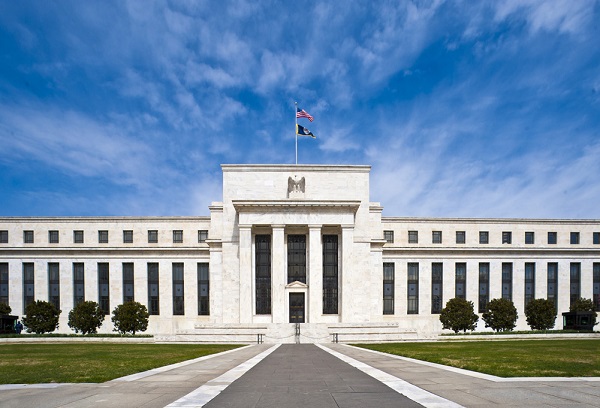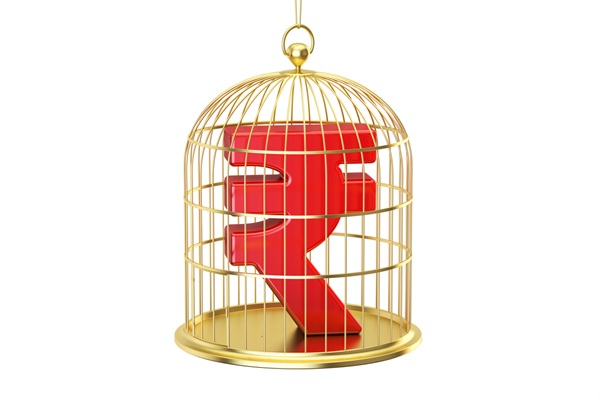.png)
Asia Edges Risk-On as Fed Cut Hopes Firm and Geopolitics Ease
Here’s your quick read to start the day: a chatty, no-fuss look at overnight moves, the big story, what’s on the docket, and the tickers you need to watch.

November 25, 2025 at 1:27 AM IST
GLOBAL MOOD: Cautiously Risk-on
Drivers: Fed Rate Cut Bets, Ukraine Peace Framework
Asian markets leaned cautiously risk-on, lifted by firmer Fed rate-cut expectations and steadier global sentiment. A softer US labour backdrop, dovish Fed signals, and tentative progress on a Ukraine peace framework helped offset lingering geopolitical uncertainty and uneven global industrial data.
TODAY’S WATCHLIST
- US Nov Consumer Confidence Index
- US Sep PPI
THE BIG STORY
Federal Reserve Governor Christopher Waller said on Monday that the labour market is now “soft enough” to justify a quarter-point rate cut in December, though any follow-up action will hinge on a wave of delayed economic data set to be released after the government shutdown. Waller noted that private-sector indicators continue to show a weakening jobs backdrop and easing inflation pressures, making December “appropriate,” but cautioned that January’s decision will depend entirely on whether official data confirms or contradicts the recent slowdown.
At the same time, geopolitical tensions shifted as US and Ukrainian officials moved toward a revised peace framework aimed at ending the war with Russia. After weekend talks in Geneva, Washington and Kyiv said they had drafted a “refined peace framework,” addressing some of the objections raised by Ukraine and its European allies, who previously viewed the proposal as overly favourable to Moscow.
President Volodymyr Zelenskiy said negotiators would return to Kyiv to brief the government, while President Donald Trump hinted at momentum, saying “something good just may be happening” in the talks.
Data Spotlight
The Dallas Fed’s Texas manufacturing index fell deeper into contraction at 10.4 in November, marking a fourth straight monthly decline and the weakest reading since June. Despite the gloomier headline, output indicators firmed, with the production index jumping to 20.5, capacity utilisation rising to 19.4, and shipments improving to 15.1. New orders edged up to 4.8, while employment was broadly flat as hiring and layoffs nearly offset.
In Europe, Germany’s Ifo Business Climate Index slipped to 88.1, missing expectations and reinforcing the view that a near-term recovery remains elusive. Business expectations fell to 90.6, even as current conditions nudged slightly higher to 85.6.
Takeaway:
WHAT HAPPENED OVERNIGHT
- US stocks gains extend as Fed cut bets rise
- Wall Street rose as December rate-cut expectations strengthened.
- Nasdaq led gains with renewed momentum in the “Magnificent Seven.”
- Dovish comments from Waller, Williams, and Daly supported sentiment.
- Bristol-Myers jumped 3.3% on confidence around its cardiovascular drug candidate.
- Wall Street rose as December rate-cut expectations strengthened.
- US Treasury yields drop on rising rate-cut bets
- 10-year yield dropped to 4.05%, a near one-month low.
- Dovish FOMC signals reinforced expectations of December easing.
- Strong demand at a $69 billion 2-year note auction boosted rate optimism.
- 10-year yield dropped to 4.05%, a near one-month low.
- US Dollar holds firm above 100
- Dollar index held near a six-month high.
- Fed’s dovish tone supported the greenback; euro and sterling softened.
- Yen weakened despite fresh Japanese verbal intervention.
- Dollar index held near a six-month high.
- Crude oil prices climbs on doubts over Russia deal; Fed rate cut hopes
- Brent Crude gained 1.3% to $63.37; WTI rose 1.3% to $58.84.
- Rate-cut optimism lifted demand expectations.
- Growing doubt over a Russia–Ukraine peace deal also supported crude.
- Brent Crude gained 1.3% to $63.37; WTI rose 1.3% to $58.84.
Day’s Ledger
Economic Data
- US Sep PPI
- US Oct Money Supply
- US Nov Consumer Confidence Index
- Euro New Car Registration
- India State Loan Auction
- AJC Jewel board to consider fund raising
- Enviro Infra board to consider fund raising
Policy Events
- ECB Cipollone Speech
- ECB Donnery Speech
Tickers to Watch
- SWIGGY'S Apr-Sep losses surge 109% to $178 mn: Dutch investor Prosus
- SBI VENTURES to launch ₹2,000 crore fund for climate-tech investments
- APOLLO HOSPITALS opens new 400-bed quaternary care facility in Pune
- DR REDDY'S gets EU nod for drug used to treat bone-weakening conditions
- CENTRAL PARK to invest ₹2,000 cr in luxury residential project in Gurugram
- EMBASSY DEVELOPMENTS to launch 6 residential projects valued at ₹10,300 cr
- HEXAWARE Tech promoter, holding co pledge entire stake for ₹111 billion debt
- HUDCO signs MoU with National Institute of Urban Affairs
- India's finished steel imports in April-October down 34%, shows govt data
- SEBI proposes to exclude ZCZP, delisted stocks for BSDA calculation
- Consumption to drive India's growth in FY26 and FY27, says S&P Global
- Banks, state firms plan $3.5 bn in bond sales before GDP data, MPC meet
- Rupee recovers as RBI intervention cools pressure from strong US dollar
- Israel’s Central Bank to Resume Rate Cuts After Two-Year Pause
- Morgan Stanley’s Wilson Sees US Stock Pullback Coming to an End
- German Business Sentiment Weakens on More Pessimistic Outlook
See you tomorrow with another edition of The Morning Edge.
Have a great trading day
Formalisation at Scale: What India’s New Labour Codes Unlock
India’s new Labour Codes mark one of the biggest overhaul of workplace regulation—simplifying 29 laws into four and promising cleaner rules, fewer filings, and greater flexibility for large enterprises. Big companies gain from higher lay-off thresholds, streamlined digital compliance, and uniform definitions that reduce ambiguity across operations.
Sharmila Kantha writes, for MSMEs, however, the transition may be far more demanding. Uniform minimum wages, expanded social-security obligations, varying state-level rules, and the shift to digital compliance raise both costs and complexity.



